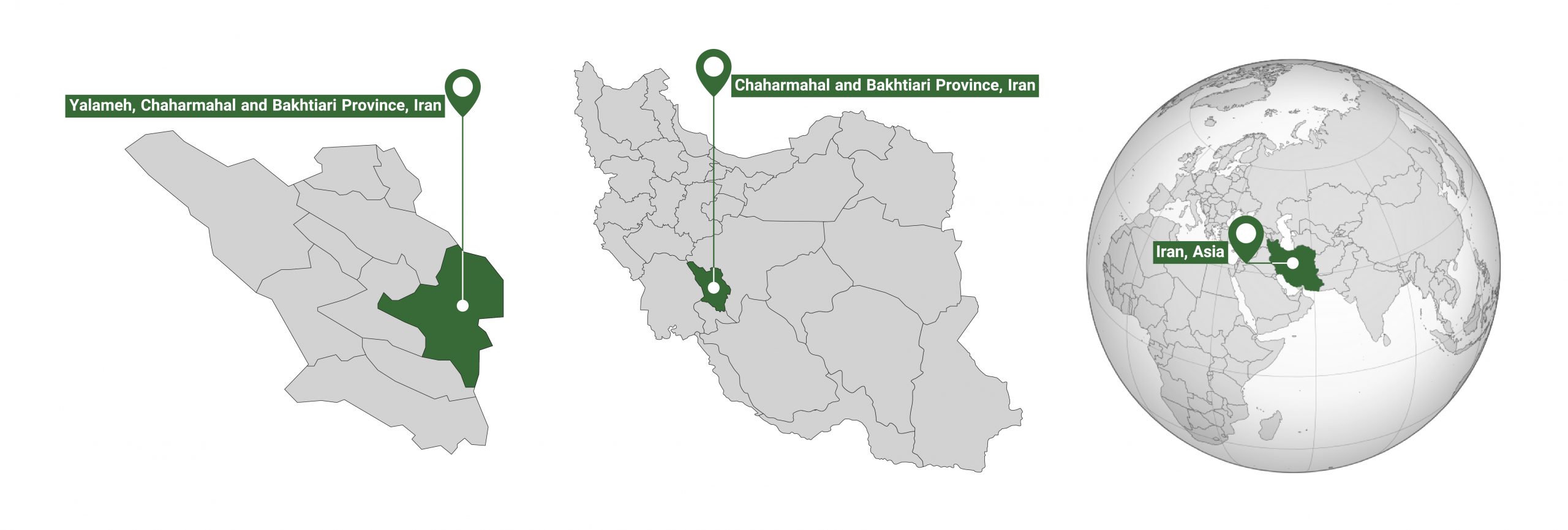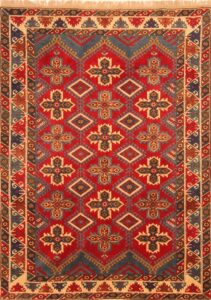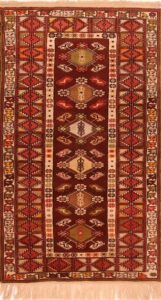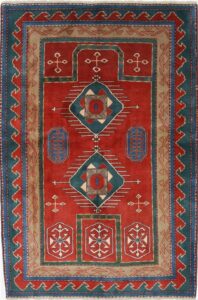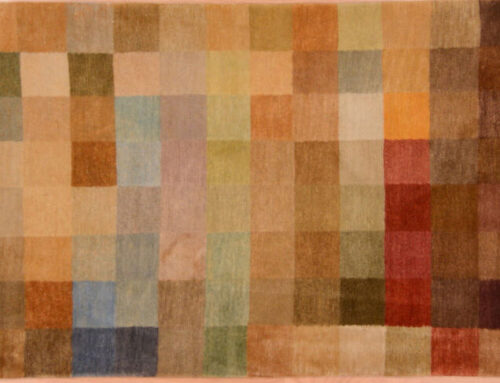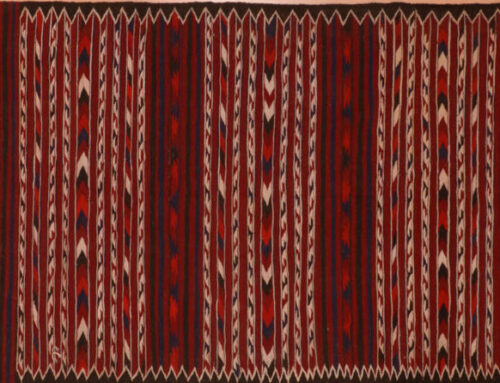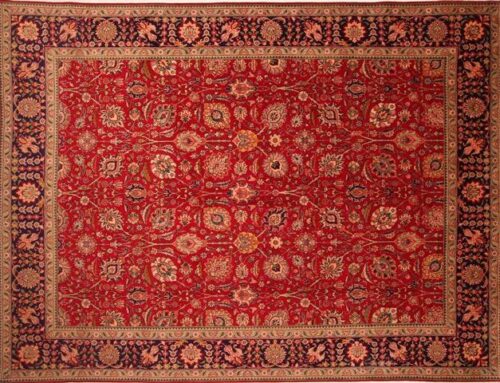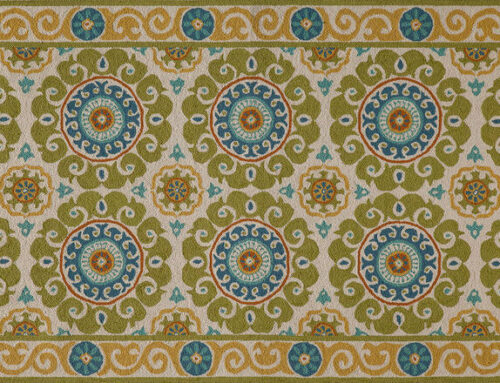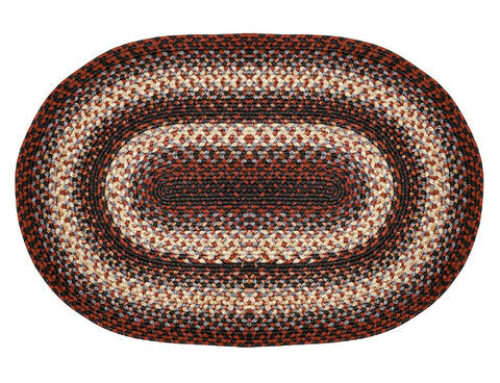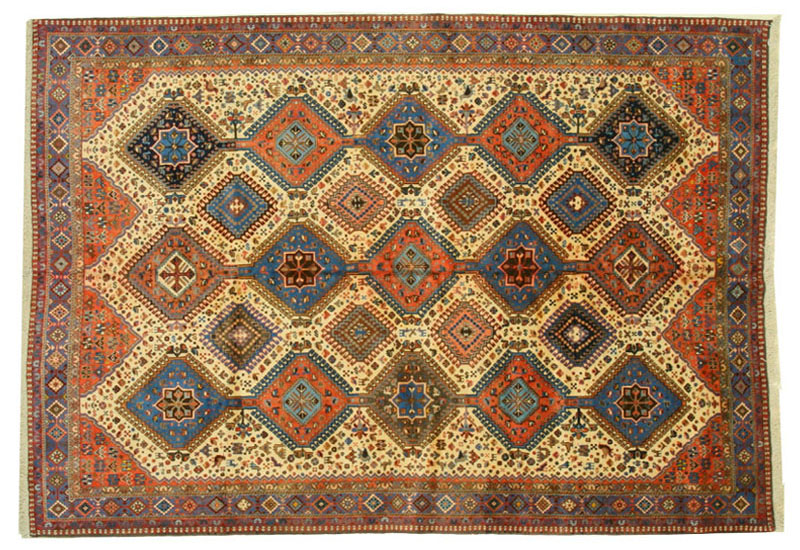
Origin of Yalameh Rugs 1
Yalameh is a subtribe of the Luri population in Iran. The Luri, also called “Lor or Lur”, is the oldest tribe known in the country. Over the centuries, the Luri population has spread from the west central region to the Persian Gulf in southwestern Iran. The Yalameh is mostly settled in the northern portion of central Iran.
History of Yalameh Rugs
Yalameh rugs are known in the carpet market from the second quarter of the twentieth century. Formats range from mats up to carpets in twelve by nine feet room sizes. A small percentage of runners are produced in a variety of lengths.
Yalameh rugs and carpets were marketed successfully to Western European consumers because the weavers were able to produce rugs in both tribal dimensions and standard European room sizes. The Yalameh nomadic designs and fine wool helped increase their popularity.
Characteristics of Yalameh Rugs
-
Material and Knots
The rugs have a wool foundation and a wool pile. The Turkish (symmetric) knot is employed. The weavings are generally good to very good in grade quality.
-
Color
Yalameh background and border colors are reds, blues, ivory, and browns. In addition to these, different shades of green, gray, gold, and cinnamon are used in the design elements.
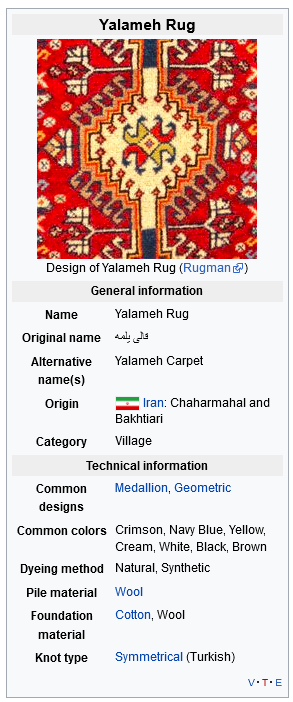
Yalameh Rug Infobox | © WikiRug
-
Design and Pattern
The designs are geometric and strongly influenced by Luri patterns. The designs are allover or medallion in style. The allover pattern generally has square compartments featuring palmettes or diamond shapes edged by Hook motifs surrounded by tribal design elements.
The medallion style has several lozenge or hexagonal shapes also edged by hooks. The medallions are placed on a field, at times surrounded by tribal motifs and flower heads. The main border design generally has alternating polychrome palmettes, leaves, or vines.
Collections
- Yalameh Rug | © Rugman
- Yalameh Rug | © Rugman
- Yalameh Rug | © Rugman

